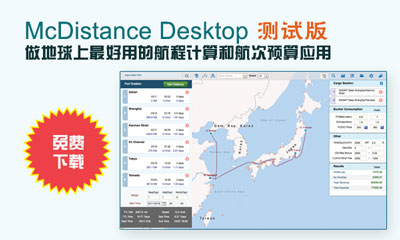Coal shipments through Australia’s PWCS terminals drop 32% in Apr on wet weather

Coal shipments through Port Waratah Coal Services’ two terminals at Australia’s Newcastle port in April fell 32% month on month and 31% year on year to 6.3 million mt, according to a report released Monday, May 4, by the Hunter Valley Coal Chain Coordinator.
A significant decline in throughput had been expected as a severe storm front lashed the eastern Australian state of New South Wales, closing Newcastle Port to all shipping for three days between April 21 and April 24.
Coal shipments to the PWCS terminals and the producer-owned and operated Newcastle Coal Infrastructure Group were suspended with the closure of the Hunter Valley coal rail network from April 21 to April 30.
Limited railings have resumed on the coal rail network, but it is expected to be some weeks before it returns to full operation.
Matthew Watson from HVCCC said work was continuing on repairing the rail track on the Hunter coal network, which had been damaged from flooding, landslides, fallen power lines and debris during the storm.
“The main focus now is on track damage,” Watson told Platts on April 29.
“While train movements on the network are limited, we expect they will accelerate reasonably quickly as track repair work is completed.”
“I think it is fair to say we have learned our lessons over several years when it comes to weather-related outages and these are now factored into planning on the Hunter coal chain.”
Watson estimated that around 4 million mt of throughput at Newcastle had been lost during the weather event, but was confident much of this could be reclaimed throughout May and June.
YEAR-TO-DATE THROUGHPUT AT PWCS SLIPS
Year-to-date throughput at PWCS terminals at the end of April was 40.77 million mt, down 6.3 million mt on Declared Outbound Throughput — the target for the month by HVCCC.
Through April, HVCCC had planned to receive 14.85 million mt of coal from Hunter Valley mines, however, the PWCS terminals and NICIG terminal received a combined 9.75 million mt.
This was down 25% month on month and a decline of 18% on year year, and takes the year-to-date Declared Inbound Throughput to 49.5 million mt, down 7.76 million mt on planned DIT — the target for coal receivables in the month.
Throughout April, 55 vessels were loaded at PWCS’ Kooragang terminal with an average vessel load time of 20 hours and an average delay period of 8.7 days, bringing the number of vessels to load at the terminal for the year-to- date to 297, two more than the terminal had planned.
At Carrington terminal, 17 vessels were loaded in the month with an average load time of 26 hours and an average waiting time of 7.8 days, HVCCC reports.
Year-to-date, vessels loaded at Carrington until the end of April were 85, in line with terminal planning.
“April’s actual vessel arrivals were 7.3 million mt with a PWCS vessel queue of 29 at the end of the month,” HVCCC said in its report. March’s actual coal shipments were 8.7 million mt.
“May’s nominations are currently 7.0 million mt and based on terminal demand, the queue at PWCS is estimated to be 32 at the end of the month,” the HVCCC report shows.
The vessel queue at the end of April was 12 higher than the vessel queue at the end of March.
Producer forecast arrivals for May are 9.3 million mt, with 9.1 expected in June.
Port stocks at Carrington terminal at the end of April were 129,000 mt, down 107,000 mt month on month, while stocks at Kooragang were 1.13 million mt, down just 60,000 mt over the same period.
Total port stocks at PWCS at the end of April were 1.26 million mt, a decrease of 166,000 mt month on month.
Stock slumping was reported at both NCIG and PWCS throughput April because of heavy rain, however, spokesmen at both terminals said plans were being implemented to recover the stocks.
Source: Platts



